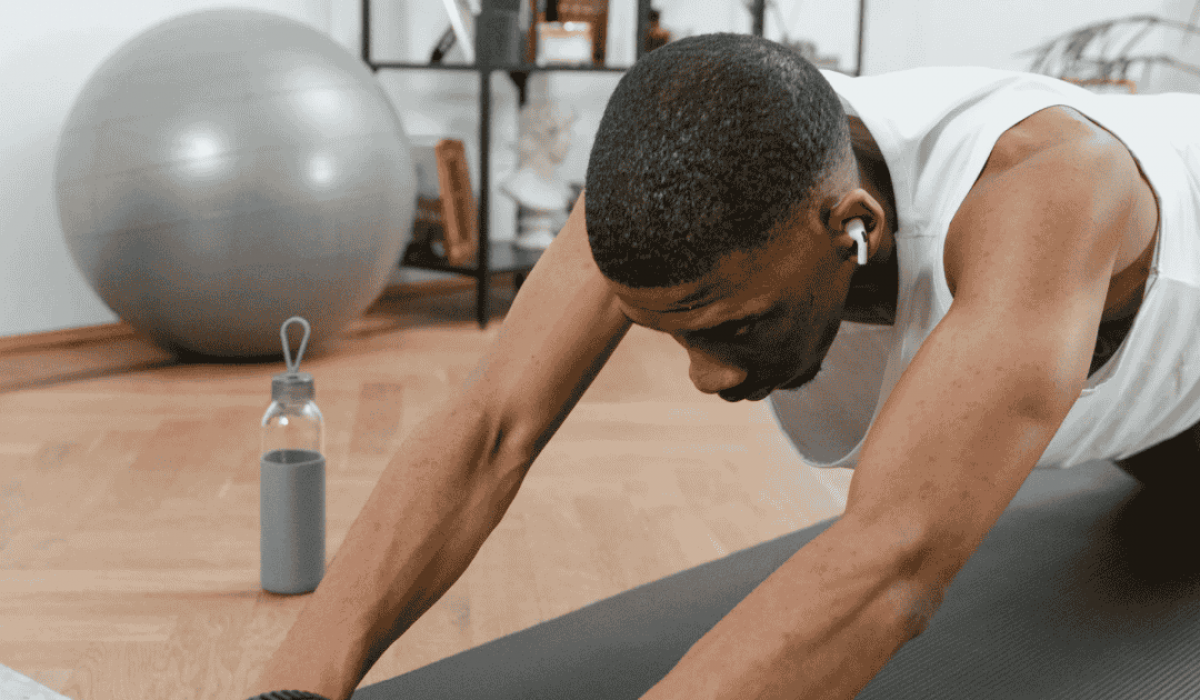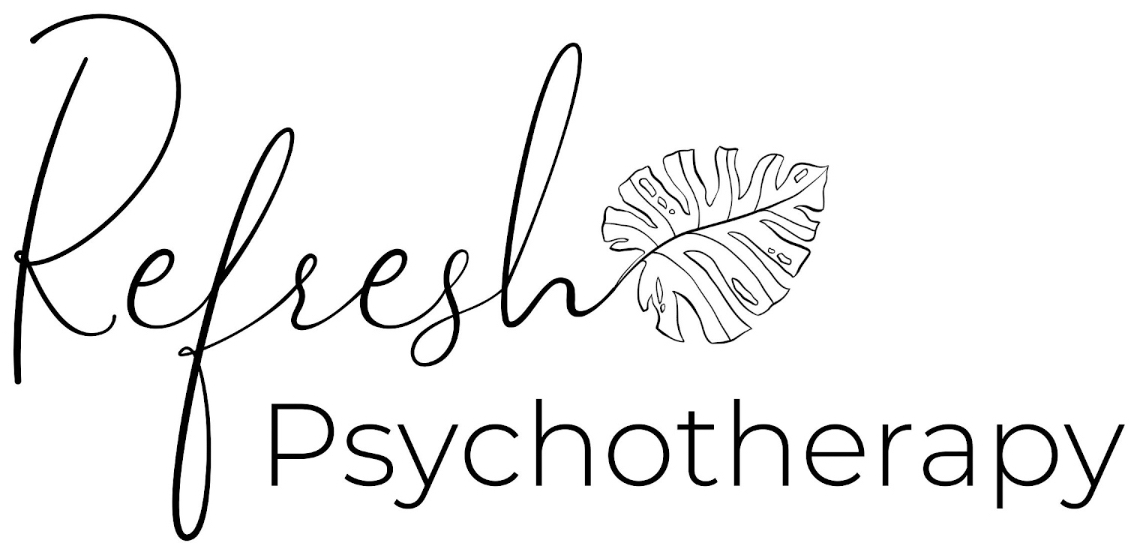
More Than Muscles: Men’s Mental Health and the Hidden Struggle With Body Image
When we think of body image issues, we often think of women. But an increasing number of men are experiencing significant mental health challenges related to body perception—without the public awareness or social support to address it. In fact, research shows that up to 25% of individuals with body dysmorphic disorder (BDD) are male, and men are more likely to struggle with a specific subtype known as muscle dysmorphia, in which they perceive themselves as small or weak, despite being muscular or fit (Olivardia et al., 2000).
The result? A silent crisis—where men chase idealized bodies, restrict eating, overtrain, and spiral into anxiety, depression, or obsessive behavior. But because emotional distress about appearance is considered unmasculine, these issues are often hidden, dismissed, or misunderstood.
The Pressure to Look “Like a Man”
Masculine body ideals have changed dramatically over the last few decades. Where the 1950s ideal emphasized lean athleticism, today’s media presents the ideal man as hyper-muscular, vascular, and low in body fat. Superheroes, action figures, athletes, and even social media influencers all promote an unattainable physique.
This ideal is not just aesthetic—it’s tied to identity, power, and worth. Men who do not align with this image may internalize shame or inadequacy. A study published in JAMA Pediatrics found that adolescent boys who were concerned with muscularity were more likely to develop depressive symptoms and use substances like steroids (Field et al., 2014).
Men are also less likely than women to talk about body dissatisfaction or seek treatment, due to stigma. Body image concerns are often mislabeled as vanity, when in reality they can stem from deep-rooted anxiety, perfectionism, and trauma (Griffiths et al., 2015).
What Is Muscle Dysmorphia?
Muscle dysmorphia (MD) is a subtype of body dysmorphic disorder where individuals obsess over not being muscular or lean enough. It primarily affects men, and often involves compulsive exercise, rigid dieting, anabolic steroid use, and social withdrawal.
In contrast to anorexia nervosa, which is characterized by fear of fatness, muscle dysmorphia centers around the fear of being too small. But both disorders share distorted body image, impaired functioning, and co-occurring depression or anxiety (Pope et al., 2005).
Men with MD may feel intense distress if they miss a workout, avoid situations where their bodies could be judged (like beaches or locker rooms), or structure their entire lives around training and food. Left untreated, this condition can severely impact mental health and social life.
The Mental Health Effects of Poor Body Image in Men
Poor body image in men is associated with a range of mental health issues:
- Low self-esteem
- Social anxiety
- Obsessive-compulsive tendencies
- Eating disorders
- Steroid misuse
- Depression and suicidal ideation
Men who struggle with body image are also more likely to engage in compulsive behaviors like mirror checking, body comparisons, and excessive grooming (Veale et al., 2016). These behaviors are often dismissed as “normal male behavior” but can become obsessive and impair daily life.
Because body image struggles are seen as a “female issue,” men often delay or avoid seeking help. This leads to prolonged suffering and increased risk of co-occurring conditions, such as substance use disorders.
How Social Media and Gym Culture Reinforce Body Anxiety
Instagram, TikTok, and fitness apps flood men with images of shredded abs, bulging biceps, and “transformation” reels. Even fitness communities that claim to promote wellness often encourage overtraining, extreme discipline, and unrealistic goals.
Studies have shown that time spent on appearance-focused social media correlates with higher body dissatisfaction in men, particularly among those prone to social comparison (Rodgers et al., 2020).
“Gym culture” can also fuel anxiety. While exercise can support mental health, obsessive or identity-driven exercise can worsen it. When fitness becomes a tool to fix a perceived flaw rather than support the body, it turns into punishment—not health.
Treatment and Support: What Actually Helps
Cognitive Behavioral Therapy (CBT) is the most evidence-based treatment for body dysmorphic disorder and body image distress. CBT helps individuals challenge distorted beliefs about appearance and reduce compulsive behaviors.
Other helpful approaches include:
- Exposure and Response Prevention (ERP) for mirror checking and reassurance-seeking
- Acceptance and Commitment Therapy (ACT) to shift focus from control to values
- Medication, such as SSRIs, for severe cases of BDD (Phillips et al., 2002)
Treatment must also address underlying masculine norms—helping men expand their identity beyond appearance and performance. Therapy is not about “loving your body” in a superficial way. It’s about reclaiming your relationship with your body from shame, fear, and control.
What Families, Partners, and Clinicians Can Do
If you suspect a man in your life is struggling with body image:
- Avoid making comments about weight, size, or muscles
- Ask about how he’s feeling, not just how he’s looking
- Normalize therapy and mental health support
- Recognize that excessive gym behavior may be a coping mechanism
For clinicians, screening tools for BDD and eating disorders should be adapted for male presentations. Ask about appearance-related distress, not just weight concerns. Understand that “healthy” gym behavior may be masking significant psychological distress.
Men Deserve Better Than Silence
Men’s mental health and body image issues are real, common, and underrecognized. It’s time to stop framing body dysmorphia as a “women’s problem” and acknowledge the growing number of men suffering in silence.
Every man deserves to age, change, and exist in his body without shame. Muscles don’t define worth. Control doesn’t equal confidence. The most powerful transformation is internal—toward compassion, flexibility, and wholeness.
Written by: Keeley Teemsma, LCSW, MA
Works Cited
Field, A. E., Sonneville, K. R., Crosby, R. D., Swanson, S. A., Eddy, K. T., Camargo, C. A., … & Micali, N. (2014). Prospective associations of concerns about physique and the use of anabolic-androgenic steroids in adolescent boys. JAMA Pediatrics, 168(1), 34–39.
Griffiths, S., Murray, S. B., & Touyz, S. (2015). Drive for muscularity and muscularity-oriented disordered eating in men: The role of set shifting difficulties and weak central coherence. Body Image, 15, 116–121.
Olivardia, R., Pope, H. G., & Hudson, J. I. (2000). Muscle dysmorphia in male weightlifters: A case-control study. American Journal of Psychiatry, 157(8), 1291–1296.
Phillips, K. A., Albertini, R. S., & Rasmussen, S. A. (2002). A randomized placebo-controlled trial of fluoxetine in body dysmorphic disorder. Archives of General Psychiatry, 59(4), 381–388.
Pope, H. G., Gruber, A. J., Choi, P., Olivardia, R., & Phillips, K. A. (1997). Muscle dysmorphia: An underrecognized form of body dysmorphic disorder. Psychosomatics, 38(6), 548–557.
Rodgers, R. F., Slater, A., Gordon, C. S., McLean, S. A., & Jarman, H. K. (2020). The role of social media in body image concerns among adolescent boys: A brief review. Current Opinion in Psychology, 36, 86–90.
Veale, D., Gledhill, L. J., Christodoulou, P., & Hodsoll, J. (2016). Body dysmorphic disorder in different settings: A systematic review and estimated weighted prevalence. Body Image, 18, 168–186.
